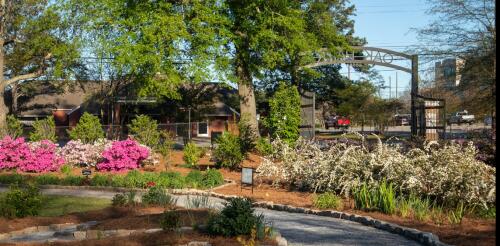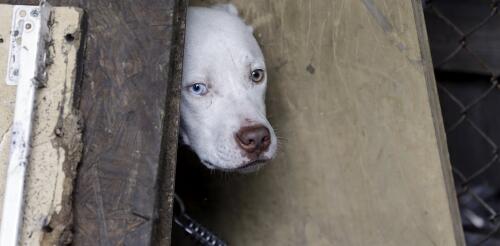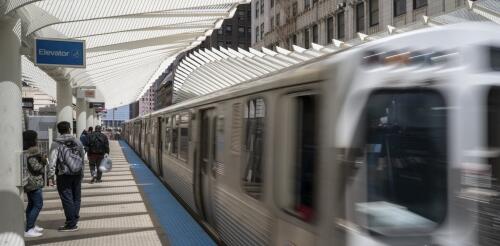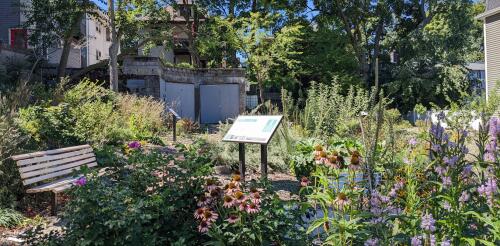Inequality
Montgomery, Alabama, touts itself as the birthplace of the U.S. Civil Rights Movement. But although Montgomery now embraces its history of bus boycotts and protest marches, it remains one of the most segregated U.S. cities, and still struggles with racial inequality. Today, Montgomery’s population is almost 60% Black. The poverty rate among Black residents is 30.8%, compared to 10.6% among white residents. The city’s infrastructure is deteriorating, and its tax base is shrinking. Cities with histories of segregation tend to suffer more from systemic racism that remains in the veins of their planning laws and policies. As a scholar of urban design and planning, I wanted to know more about how Montgomery’s history affected access to parks and public spaces there. My research explains how the city’s history still influences modern planning and creates unequal access to parks. Racial inequality is deeply embedded in MontgomeryR...
Nearly two-thirds of U.S. households have at least one pet. More than ever before, companion animals are a part of life – particularly in cities, where the majority of Americans live. Cities offer access to many resources, but often it’s not distributed evenly. Some scholars describe parts of U.S. cities with few or no grocery stores as food deserts. Others have identified zones they call transit deserts, where reliable and convenient public transit is scarce or nonexistent. While the “desert” framing is controversial, there is little disagreement that access to goods and services in many U.S. cities is unequal. I have studied urban animal welfare issues for the past 15 years, and I have found that the inequities and economic stress humans face affect animals as well. Recently, University of Nebraska geographer Xiaomeng Li and I explored access to animal welfare services in Detroit. We found that pet resources were significantly more likely to be loca...
About 10 years ago, a very thick book written by a French economist became a surprising bestseller. It was called “Capital in the 21st Century.” In it, Thomas Piketty traces the history of income and wealth inequality over the past couple of hundred years. The book’s insights struck a chord with people who felt a growing sense of economic inequality but didn’t have the data to back it up. I was one of them. It made me wonder, how much carbon pollution is being generated to create wealth for a small group of extremely rich households? Two kids, 10 years and a Ph.D. later, I finally have some answers. In a new study, colleagues and I investigated U.S. households’ personal responsibility for greenhouse gas emissions from 1990 to 2019. We previously studied emissions tied to consumption – the stuff people buy. This time, we looked at emissions used in generating people’s incomes, including investment income. If you’ve ever thought abo...
Public transit systems face daunting challenges across the U.S., from pandemic ridership losses to traffic congestion, fare evasion and pressure to keep rides affordable. In some cities, including Boston, Kansas City and Washington, many elected officials and advocates see fare-free public transit as the solution. Federal COVID-19 relief funds, which have subsidized transit operations across the nation at an unprecedented level since 2020, offered a natural experiment in free-fare transit. Advocates applauded these changes and are now pushing to make fare-free bus lines permanent. But although these experiments aided low-income families and modestly boosted ridership, they also created new political and economic challenges for beleaguered transit agencies. With ridership still dramatically below pre-pandemic levels and temporary federal support expiring, transportation agencies face an economic and managerial “doom spiral.” Free public transit that doesn’t b...
More than half of all people on Earth live in cities, and that share could reach 70% by 2050. But except for public parks, there aren’t many models for nature conservation that focus on caring for nature in urban areas. One new idea that’s gaining attention is the concept of food forests – essentially, edible parks. These projects, often sited on vacant lots, grow large and small trees, vines, shrubs and plants that produce fruits, nuts and other edible products. Atlanta’s Urban Food Forest at Browns Mill is the nation’s largest such project, covering more than 7 acres. Unlike community gardens or urban farms, food forests are designed to mimic ecosystems found in nature, with many vertical layers. They shade and cool the land, protecting soil from erosion and providing habitat for insects, animals, birds and bees. Many community gardens and urban farms have limited membership, but most food forests are open t...




